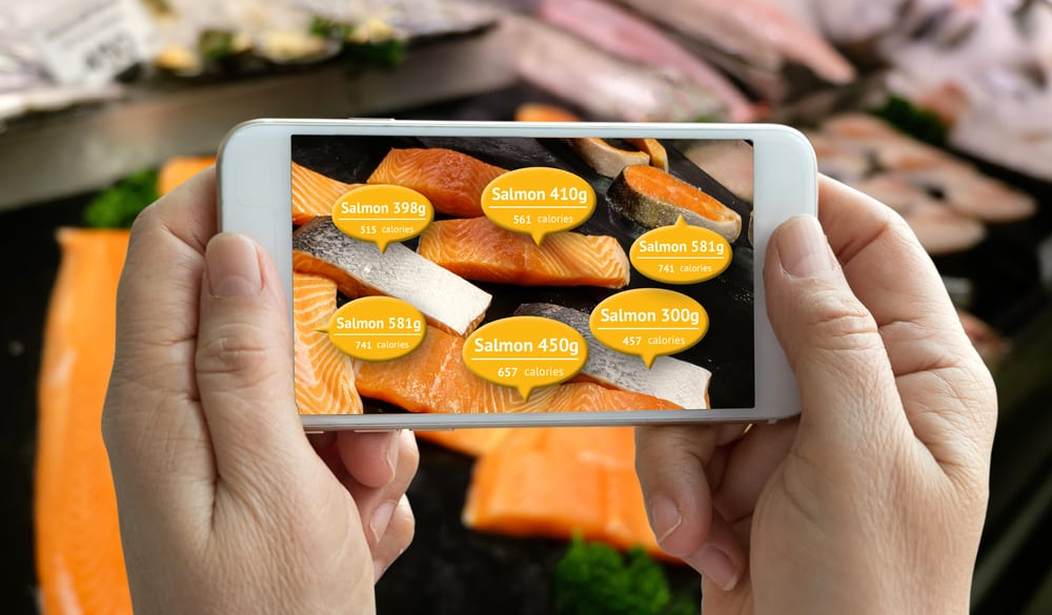One of the most significant new technologies being developed by scores of companies around the world is artificial reality. You may hear it described as virtual reality, augmented reality, or mixed, but don’t let the terms confuse you.
They all refer to technology that lets us visualize and experience imaginary images that are computer-generated, sometimes combined with real-life elements. We may experience this technology on our phones and tablets as well as with much more complex equipment. One of the most exciting cases is being transported into a virtual imaginary world.
We’re in the early stages of commercialization, but we’re already seeing some examples. The game Pokémon Go allows us to spot animated objects superimposed onto a real-life environment. As we walk along, we see images on our phone of characters, signs, buildings and other elements that are all imaginary, but located in our physical neighborhood. Real-life locations become imaginary Pokémon destinations.
Google’s Translate app lets you take a picture of a sign and see its image translated into a different language. The Vivino app lets you point at a wine list and see each of the wine’s ratings superimposed next to the wines. Currently you need to snap the images and wait for the results from the cloud. Augmented reality occurs when the results are seen just by pointing.
To experience virtual reality, the phenomenon that fully immerses you in a virtual world, you need bulky goggles with a built-in display, a powerful computer, and complex software. The most popular goggles are HTC’s Vive and Facebook’s Oculus Rift. Microsoft will be introducing one shortly.
When I tried out the Vive with its underwater simulation software, I could see sharks and colorful fish swimming over and around me everywhere I looked.
Robert Scoble, a futurist, author, and industry expert, has made it his mission to talk and meet with the many companies around the world working in this area, and to report back through his popular Facebook blog. He’s noted that Google, Apple, Samsung, Sony, Qualcomm, Amazon, Pixar, and hundreds of small startup companies are hard at work on new products and technologies to advance mixed reality
He told me how convinced he is that these virtual devices and experiences will impact our lives in about four years and transform much of what we do in the areas of entertainment, shopping, education, and industry. He recently predicted that Apple’s next iPhone will become the first mass-market augmented reality device by using a transparent display that lets you hold it up to the world and see a combination of real and virtual images.
Other examples? There’s a medical application being developed that allows interns to train using virtual human bodies with superimposed information next to each body part. And Westfield, the shopping mall operator, is creating augmented-reality shopping.
“If you walk into their shopping mall and ask Siri ‘Where are the blue jeans?’ it will put a blue line on the floor and take you right to the shelf,” Scoble says.
Like all new technology, broad adoption often takes a lot longer than the experts predicted, because of the human element. It might take five or ten years before we’re willing to wear headsets or special glasses on a daily basis, even when they’re miniaturized. There needs to be a compelling need, one that we depend upon each day.
Google Glass is a case in point. While the bulky glasses let the user access the Internet, take videos, and perform other tasks, it was a huge failure because of its antisocial aspects. So as good as the technology might be, the human factor will play a big role in how fast it’s adopted.
We might be content to experience it in theme parks for a few years before jumping in.
Scoble and Shel Israel have written a book, The Fourth Transformation: How Augmented Reality and Artificial Intelligence Change Everything, that will go on sale beginning December 7.
I’ve just finished reading an advanced copy and found it to be a fascinating explanation and prediction of what’s to come and how it will change our lives. It’s a great read.
It describes how mixed reality is the fourth transformation. The first was text characters used to communicate with computers. The second was the Apple graphic user interface (GUI) on the first Mac. And the third was the touch screen introduced on the iPhone.
“In each of these transformations,” the authors write, “unknown companies arose from oblivion into greatness, and erstwhile great companies succumbed to oblivion.”
Whether its four years or ten years away, augmented and virtual reality are clearly going to impact many of the things we do and change how we interact with the world. And it’s sure to make for some amazing video games.









Join the conversation as a VIP Member